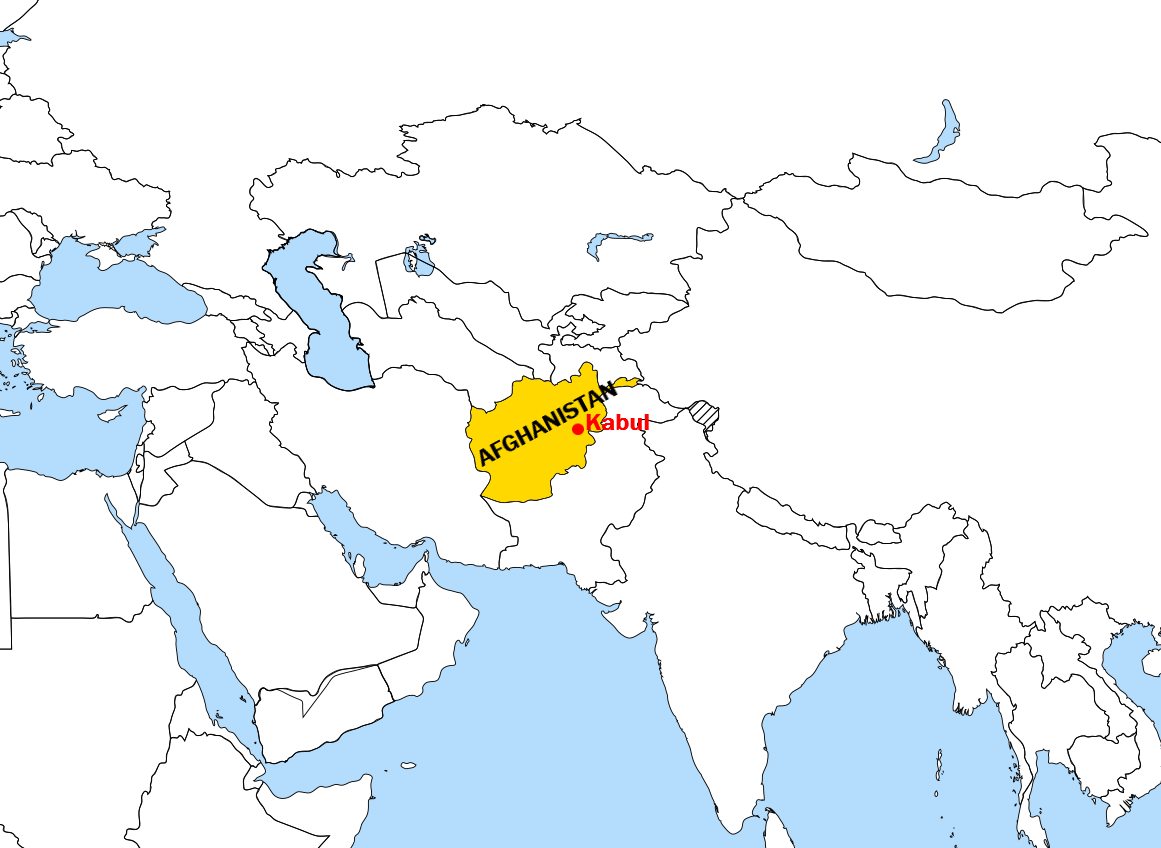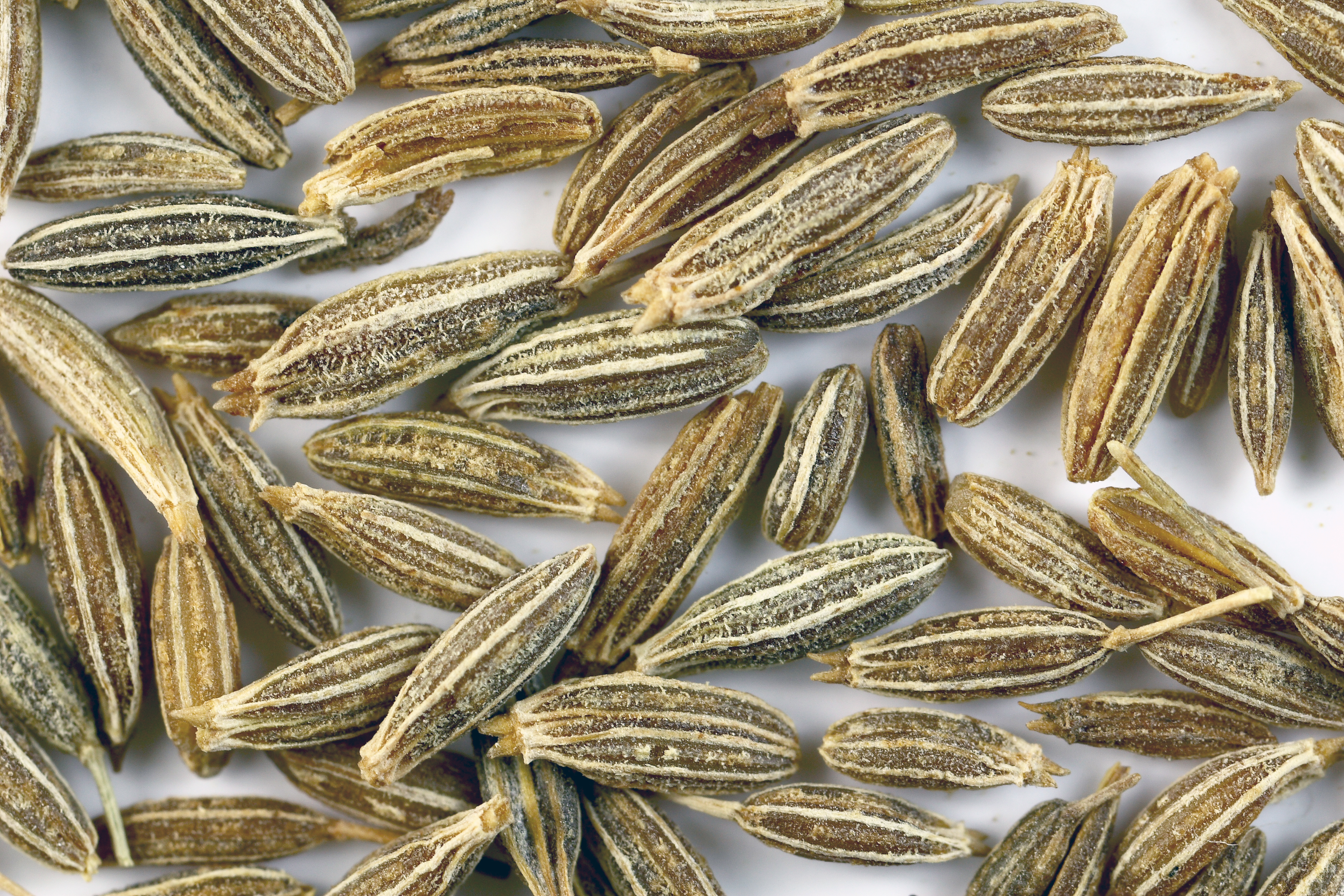|
Afghan Cuisine
Afghan cuisine is influenced by Persian, Central Asian and South Asian cuisines due to Afghanistan's close proximity and cultural ties. The cuisine is halal and mainly based on mutton, beef, poultry and fish with rice and Afghan bread. Accompanying these are common vegetables and dairy products, such as milk, yogurt, whey, and fresh and dried fruits such as apples, apricots, grapes, bananas, oranges, plums, pomegranates, sweet melons, and raisins. The diet of most Afghans revolves around rice-based dishes, while various forms of naan are consumed with most meals. Tea is generally consumed daily in large quantities, and is a major part of hospitality. The culinary specialties reflect the nation's ethnic and geographic diversity. The national dish of Afghanistan is '' Kabuli palaw'', a rice dish cooked with raisins, carrots, nuts, and lamb or beef. Background The cuisine of Afghanistan is ''halal'' and has elements from various places: for example, ''garam masala'' from India ... [...More Info...] [...Related Items...] OR: [Wikipedia] [Google] [Baidu] |
Persian Cuisine
Iranian cuisine comprises the culinary traditions of Iran. Due to the historically common usage of the term "Name of Iran, Persia" to refer to Iran in the Western world,Yarshater, EhsaPersia or Iran, Persian or Farsi, ''Iranian Studies'', vol. XXII no. 1 (1989) it is alternatively known as Persian cuisine, despite Persians being only one of a multitude of Ethnicities in Iran, Iranian ethnic groups who have contributed to Iran's culinary traditions. Iran has a rich variety of traditional dishes, and has influenced many other cuisines over the ages, among them List of dishes from the Caucasus, Caucasian cuisine, Central Asian cuisine, Greek cuisine, Levantine cuisine, Iraqi cuisine, Mesopotamian cuisine, Russian cuisine and Turkish cuisine. Aspects of Iranian cuisine have also been significantly adopted by Indian cuisine and Pakistani cuisine through various historical Persianate society, Persianate sultanates that flourished during Islamic rulers in the Indian subcontinent, Musli ... [...More Info...] [...Related Items...] OR: [Wikipedia] [Google] [Baidu] |
Melon
A melon is any of various plants of the family Cucurbitaceae with sweet, edible, and fleshy fruit. It can also specifically refer to ''Cucumis melo'', commonly known as the "true melon" or simply "melon". The term "melon" can apply to both the plant and its fruit. Botanically, a melon is a kind of berry, specifically a " pepo". The word ''melon'' derives from Latin ', which is the latinization of the Greek (''mēlopepōn''), meaning "melon",. itself a compound of (''mēlon''), "apple", treefruit (''of any kind'')" and (''pepōn''), amongst others "a kind of gourd or melon". Many different cultivars have been produced, particularly of the true melon, such as the cantaloupe and honeydew. History Melons were thought to have originated in Africa. However, recent studies suggest a Southwest Asian origin, especially Iran and India; from there, they gradually began to appear in Europe toward the end of the Western Roman Empire. Melons are known to have been grown by the ancient E ... [...More Info...] [...Related Items...] OR: [Wikipedia] [Google] [Baidu] |
Cardamom
Cardamom (), sometimes cardamon or cardamum, is a spice made from the seeds of several plants in the genus (biology), genera ''Elettaria'' and ''Amomum'' in the family Zingiberaceae. Both genera are native to the Indian subcontinent and Indonesia. They are recognized by their small seed pods: triangular in cross-section and spindle-shaped, with a thin, papery outer shell and small, black seeds; ''Elettaria'' pods are light green and smaller, while ''Amomum'' pods are larger and dark brown. Species used for cardamom are native throughout tropical and subtropical Asia. The first references to cardamom are found in Sumer, and in Ayurveda. In the 21st century, it is cultivated mainly in India, Indonesia, and Guatemala. Etymology The word ''cardamom'' is derived from the Latin , as a Latinisation (literature), Latinisation of the Greek language, Greek (), a compound of (, "Garden cress, cress") and (), of unknown origin. The earliest attested form of the word signifying "cres ... [...More Info...] [...Related Items...] OR: [Wikipedia] [Google] [Baidu] |
Cinnamon
Cinnamon is a spice obtained from the inner bark of several tree species from the genus ''Cinnamomum''. Cinnamon is used mainly as an aromatic condiment and flavouring additive in a wide variety of cuisines, sweet and savoury dishes, biscuits, breakfast cereals, Snack, snack foods, bagels, teas, hot chocolate and traditional foods. The aroma and flavour of cinnamon derive from its essential oil and principal component, cinnamaldehyde, as well as numerous other constituents, including eugenol. Cinnamon is the name for several species of trees and the commercial spice products that some of them produce. All are members of the genus ''Cinnamomum'' in the family Lauraceae. Only a few ''Cinnamomum'' species are grown commercially for spice. ''Cinnamomum verum'' (alternatively ''C. zeylanicum''), known as "Ceylon cinnamon" after its origins in Sri Lanka (formerly Ceylon), is considered to be "true cinnamon", but most cinnamon in international commerce is derived from four other speci ... [...More Info...] [...Related Items...] OR: [Wikipedia] [Google] [Baidu] |
Cumin
Cumin (, ; ; ''Cuminum cyminum'') is a flowering plant in the family Apiaceae, native to the Irano-Turanian Region. Its seeds – each one contained within a fruit, which is dried – are used in the cuisines of many cultures in both whole and ground form. Although cumin is used in traditional medicine, there is no high-quality evidence that it is safe or effective as a therapeutic agent. Etymology and pronunciation The term comes via Middle English ''comyn'', from Old English ''cymen'' (which is cognate with Old High German ''kumin'') and Old French cummin, both from the Latin term . This in turn comes from the Ancient Greek (), a Semitic languages, Semitic borrowing related to Hebrew language, Hebrew () and Arabic (). All of these ultimately derive from Akkadian language, Akkadian (). The English word is traditionally pronounced (), like "coming" with an ⟨n⟩ instead of ⟨ng⟩ (/ŋ/)."Cumin." '' A Way with Words'' (Radio broadcast/podcast). 25 October 2014. Re ... [...More Info...] [...Related Items...] OR: [Wikipedia] [Google] [Baidu] |
Baklava
Baklava (, or ; ) is a layered pastry dessert made of filo pastry, filled with chopped nuts, and sweetened with syrup or honey. It was one of the most popular sweet pastries of Ottoman cuisine. There are several theories for the origin of the pre-Ottoman version of the dish. In modern times, it is a common dessert among cuisines of countries in West Asia, Southeast Europe, Central Asia, and North Africa. It is also enjoyed in Pakistan and Afghanistan, where, although not a traditional sweet, it has carved out a niche in urban centers. Etymology The word ''baklava'' is first attested in English in 1650, a borrowing from . The name ''baklava'' is used in many languages with minor phonetic and spelling variations. The earliest known reference to baklava is in a poem by the 15th century mystic Kaygusuz Abdal. The historian Paul D. Buell argues that the word ''baklava'' may come from the Mongolian root ' 'to tie, wrap up, pile up' composed with the Turkic verbal ending ''-v'' ... [...More Info...] [...Related Items...] OR: [Wikipedia] [Google] [Baidu] |
Xinjiang
Xinjiang,; , SASM/GNC romanization, SASM/GNC: Chinese postal romanization, previously romanized as Sinkiang, officially the Xinjiang Uygur Autonomous Region (XUAR), is an Autonomous regions of China, autonomous region of the China, People's Republic of China (PRC), located in the Northwest China, northwest of the country at the crossroads of Central Asia and East Asia. Being the List of Chinese administrative divisions by area, largest province-level division of China by area and the List of the largest country subdivisions by area, 8th-largest country subdivision in the world, Xinjiang spans over and has about 25 million inhabitants. Xinjiang Borders of China, borders the countries of Afghanistan, India, Kazakhstan, Kyrgyzstan, Mongolia, Pakistan, Russia, and Tajikistan. The rugged Karakoram, Kunlun Mountains, Kunlun and Tian Shan mountain ranges occupy much of Xinjiang's borders, as well as its western and southern regions. The Aksai Chin and Trans-Karakoram Tract regions ... [...More Info...] [...Related Items...] OR: [Wikipedia] [Google] [Baidu] |
Garam Masala
Garam masala (Hindustani language, Hindustani: ''garam masālā'', ) is a Spice mix, blend of ground spices originating from the Indian subcontinent. It is common in Indian cuisine, Indian, Pakistani cuisine, Pakistani, Nepalese cuisine, Nepalese, Bangladeshi cuisine, Bangladeshi, and Caribbean cuisine, Caribbean cuisines. It is used alone or with other seasonings. The specific combination differs by district, but it regularly incorporates a blend of flavours like cardamom, cinnamon, cumin, cloves, bay leaves, star anise, and peppercorns. Garam masala can be found in a wide range of dishes, including marinades, pickles, stews, and curries. Ingredients The composition of garam masala differs regionally, with many recipes across the Indian subcontinent according to regional and personal taste, and none is considered more authentic than another. The components of the mix are roasted, then ground together or added to the dish for flavour just before finishing cooking. A typical ... [...More Info...] [...Related Items...] OR: [Wikipedia] [Google] [Baidu] |
Location Map Of Afghanistan In Asia
In geography, location or place is used to denote a region (point, line, or area) on Earth's surface. The term ''location'' generally implies a higher degree of certainty than ''place'', the latter often indicating an entity with an ambiguous boundary, relying more on human or social attributes of place identity and sense of place than on geometry. A populated place is called a '' settlement''. Types Locality A locality, settlement, or populated place is likely to have a well-defined name but a boundary that is not well defined, but rather varies by context. London, for instance, has a legal boundary, but this is unlikely to completely match with general usage. An area within a town, such as Covent Garden in London, also almost always has some ambiguity as to its extent. In geography, location is considered to be more precise than "place". Relative location A relative location, or situation, is described as a displacement from another site. gta6 Absolute location An absolut ... [...More Info...] [...Related Items...] OR: [Wikipedia] [Google] [Baidu] |
Kabuli Palaw
Qabeli palaw (, , often wrongly transcribed as Kabuli pulao, ) is a variety of pilaf made in Afghanistan. The core ingredients are steamed rice mixed with caramelized carrots and raisins as well as marinated meat. Qabeli palaw is commonly garnished with almonds and pistachios. Saffron may be added to either the rice, the sauce or the garnishes. Varieties of Qabeli palaw have spread from Afghanistan to different parts of Western and Central Asia and Pakistan. Origin Albeit frequently misnamed "Kabuli palaw" due to erronous transcriptions of the Persian "qabeli", the dish did not originate in Kabul. A more likely place of origin for Qabeli palaw is Northern Afghanistan, specifically the border region with Uzbekistan. A variation of Qabeli palaw made by Uzbeks within Afghanistan is also referred to as "Uzbaki palaw". The Uzbaki version differs from traditional Afghan palaw preparation in that it doesn't steam the rice (''sof'' method), but instead boils the rice until all liquid h ... [...More Info...] [...Related Items...] OR: [Wikipedia] [Google] [Baidu] |
National Dish
A national dish is a culinary Dish (food), dish that is strongly associated with a particular country. A dish can be considered a national dish for a variety of reasons: * It is a staple food, made from a selection of locally available foodstuffs that can be prepared in a distinctive way, such as ''fruits de mer'', served along the west coast of France. * It contains a particular ingredient that is produced locally, such as a paprika grown in the European Pyrenees. * It is served as a Festival, festive culinary tradition that forms part of a cultural heritage—for example, barbecues at summer camp or fondue at Party#Dinner party, dinner parties—or as part of a Religion, religious practice, such as Korban Pesach or Iftar celebrations. * It has been promoted as a national dish, by the country itself, such as the promotion of fondue as a national dish of Switzerland by the Swiss Cheese Union (Schweizerische Käseunion) in the 1930s. National dishes are part of National identity, a ... [...More Info...] [...Related Items...] OR: [Wikipedia] [Google] [Baidu] |
Geography Of Afghanistan
Afghanistan is a Landlocked country, landlocked mountainous country located on the Iranian Plateau, at the crossroads of Central Asia and South Asia.* * * * * * The country is the List of countries and dependencies by area, 40th largest in the world in size. Kabul is the capital and largest city of Afghanistan, located in the Kabul Province. With a location at the intersection of major trade routes, Afghanistan has attracted a succession of invaders since the sixth century BC. Afghanistan contains most of the Hindu Kush. There are a number of major rivers in the country, including Amu Darya, Arghandab River, Arghandab, Farah River, Farah, Hari (Afghanistan), Hari, Helmand River, Helmand, Kabul River, Kabul, Kokcha River, Kokcha, and Kunar River, Kunar. The country also possesses many smaller List of rivers of Afghanistan, rivers as well as streams, canals, list of dams and reservoirs in Afghanistan, lakes, ponds, and spring (hydrology), springs. Most of its fresh water hist ... [...More Info...] [...Related Items...] OR: [Wikipedia] [Google] [Baidu] |








